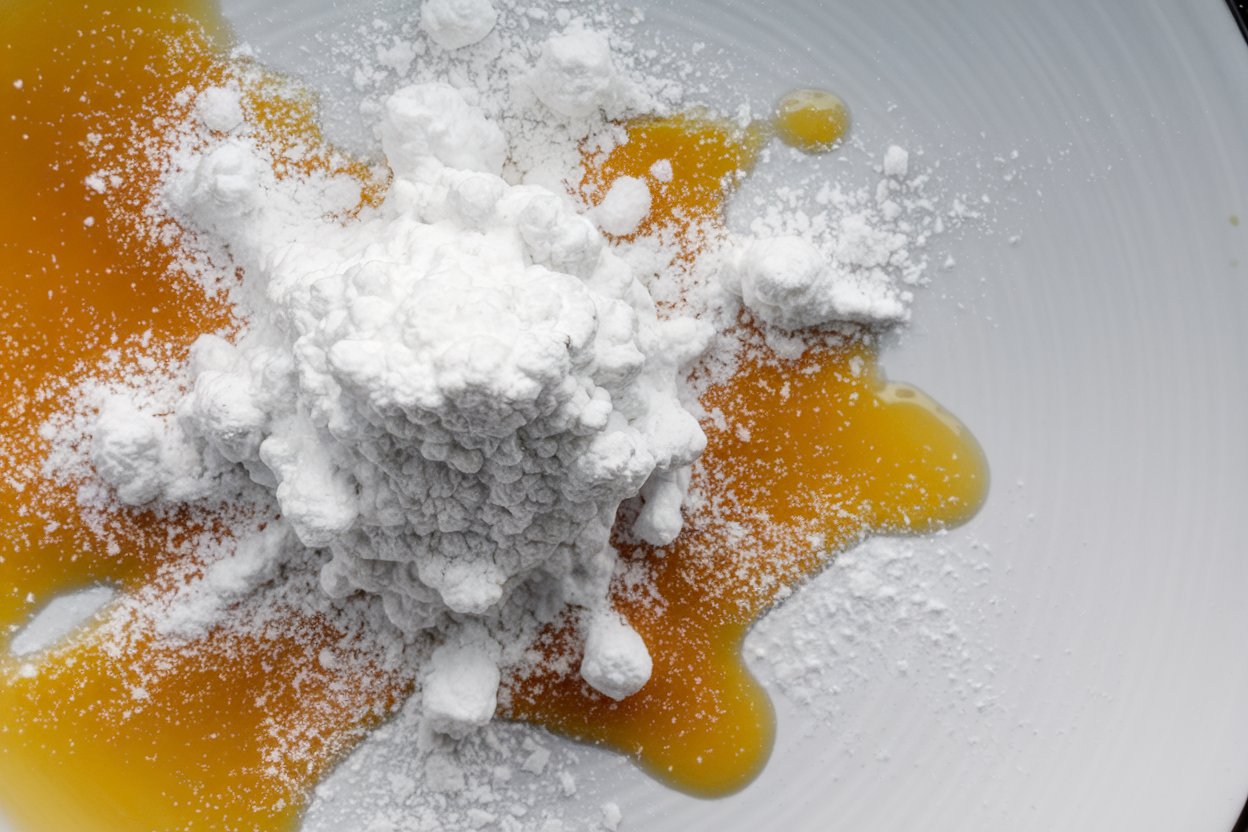
Bismuth Hydroxide might sound like a mouthful, but it's a fascinating compound with some pretty cool properties. This chemical, often found in cosmetics and pharmaceuticals, has a unique place in science and industry. What makes Bismuth Hydroxide special? For starters, it’s known for its low toxicity compared to other heavy metals, making it safer for various applications. It also has antimicrobial properties, which is why it's used in some medical treatments. Plus, its vibrant colors make it a favorite in pigments and paints. Ready to learn more? Let’s dive into 40 intriguing facts about this remarkable compound!
Key Takeaways:
- Bismuth Hydroxide, with its unique properties and uses, has a rich history and diverse applications in medicine, electronics, and environmental science.
- While Bismuth Hydroxide is generally safe and has fascinating properties, it requires careful handling and disposal, making it an intriguing compound for both research and practical applications.
What is Bismuth Hydroxide?
Bismuth Hydroxide, a lesser-known compound, holds fascinating properties and uses. Let's dive into some intriguing facts about this unique substance.
- Chemical Formula: Bismuth Hydroxide is represented by the formula Bi(OH)₃.
- Appearance: It typically appears as a white or slightly yellowish powder.
- Solubility: This compound is insoluble in water, making it stable in aqueous environments.
- Density: Bismuth Hydroxide has a density of about 4.96 g/cm³.
- Molar Mass: The molar mass of Bi(OH)₃ is approximately 260.00 g/mol.
- Decomposition: When heated, it decomposes to form Bismuth Oxide (Bi₂O₃) and water.
- pH Sensitivity: It is sensitive to pH changes, converting to different bismuth compounds under varying pH conditions.
- Amphoteric Nature: Bismuth Hydroxide can react with both acids and bases, showcasing its amphoteric properties.
- Synthesis: It can be synthesized by reacting bismuth salts with alkaline solutions.
- Uses in Medicine: Bismuth compounds, including Bismuth Hydroxide, are used in some medical treatments, particularly for gastrointestinal issues.
Historical Context and Discovery
Understanding the history and discovery of Bismuth Hydroxide provides insight into its development and applications.
- Discovery: Bismuth itself was discovered in the 15th century, but Bismuth Hydroxide was identified much later.
- Early Uses: Early applications of bismuth compounds were primarily in cosmetics and pigments.
- Medicinal History: In the 18th century, bismuth compounds began to be used for treating digestive disorders.
- Industrial Revolution: The Industrial Revolution saw an increase in the use of bismuth compounds in various industries.
- Modern Research: Today, research continues into new applications and properties of Bismuth Hydroxide.
Applications in Various Fields
Bismuth Hydroxide finds applications in multiple fields due to its unique properties.
- Catalysis: It is used as a catalyst in certain chemical reactions.
- Pigments: Bismuth compounds are used in pigments for paints and cosmetics.
- Pharmaceuticals: It plays a role in the formulation of some pharmaceutical products.
- Electronics: Bismuth Hydroxide is used in the electronics industry for specific applications.
- Environmental Science: It is studied for its potential in environmental remediation processes.
Chemical Reactions and Properties
Exploring the chemical reactions and properties of Bismuth Hydroxide reveals its versatility.
- Reaction with Acids: Reacts with acids to form bismuth salts and water.
- Reaction with Bases: Reacts with strong bases to form bismuthates.
- Thermal Stability: Decomposes at high temperatures to form Bismuth Oxide.
- Oxidation States: Bismuth in Bismuth Hydroxide is in the +3 oxidation state.
- Complex Formation: Can form complex compounds with various ligands.
Safety and Handling
Safety is crucial when dealing with chemical compounds like Bismuth Hydroxide.
- Toxicity: Generally considered to have low toxicity, but safety precautions are still necessary.
- Handling: Should be handled with care, using appropriate personal protective equipment.
- Storage: Store in a cool, dry place away from incompatible substances.
- Disposal: Dispose of according to local regulations for chemical waste.
- First Aid: In case of contact, rinse thoroughly with water and seek medical advice if necessary.
Fun and Lesser-Known Facts
Here are some fun and lesser-known facts about Bismuth Hydroxide.
- Crystallography: It can form interesting crystal structures under certain conditions.
- Color Change: Exhibits slight color changes when exposed to different environmental conditions.
- Historical Names: Historically known by various names, including "bismuthous hydroxide."
- Natural Occurrence: Rarely found in nature, usually synthesized in laboratories.
- Research Interest: Continues to be a subject of research for new and innovative applications.
- Biocompatibility: Some studies suggest it has potential biocompatibility for medical applications.
- Nanotechnology: Investigated for use in nanotechnology and nanomaterials.
- Photocatalysis: Shows potential in photocatalytic applications for environmental cleanup.
- Magnetic Properties: Exhibits interesting magnetic properties under certain conditions.
- Educational Use: Often used in educational settings to demonstrate chemical reactions and properties.
Final Look at Bismuth Hydroxide
Bismuth Hydroxide, with its unique properties and applications, stands out in the world of chemistry. From its role in pharmaceuticals to its use in cosmetics, this compound proves its versatility. Its low toxicity makes it a safer alternative in various products, ensuring user safety. The vibrant colors it produces are not just visually appealing but also useful in different industries. Understanding these facts about Bismuth Hydroxide can help appreciate its significance in everyday life. Whether you're a student, a professional, or just curious, knowing more about this compound can be quite enlightening. Keep these facts in mind next time you encounter Bismuth Hydroxide, and you'll see it in a whole new light.
Frequently Asked Questions
Was this page helpful?
Our commitment to delivering trustworthy and engaging content is at the heart of what we do. Each fact on our site is contributed by real users like you, bringing a wealth of diverse insights and information. To ensure the highest standards of accuracy and reliability, our dedicated editors meticulously review each submission. This process guarantees that the facts we share are not only fascinating but also credible. Trust in our commitment to quality and authenticity as you explore and learn with us.
